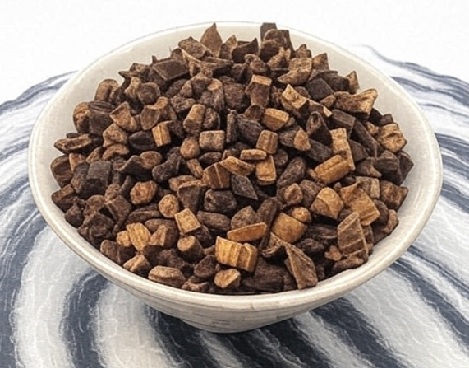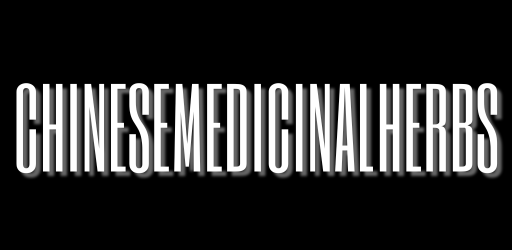Cinnamon Twig

Cinnamon Twig (Gui Zhi): A Warming Herb for Circulation, Immunity, and Balance
Introduction
Cinnamon twig, known as Gui Zhi (桂枝) in Traditional Chinese Medicine (TCM), is a classic warming herb prized for its ability to promote circulation, harmonize the exterior and interior, and gently expel wind-cold pathogens. Milder and more delicate than cinnamon bark, Gui Zhi is often used to warm the channels, release the surface during early stages of cold or flu, and support the Heart and Yang energy. With its spicy-sweet flavor and soothing warmth, cinnamon twig is a key herb in many traditional formulas aimed at strengthening the body and restoring internal harmony.
What Is Cinnamon Twig?
Gui Zhi comes from the young twigs of the cinnamon tree (Cinnamomum cassia), not to be confused with its stronger counterpart, Rou Gui (cinnamon bark). In TCM, it is considered sweet, pungent, and warm in nature. It enters the Heart, Lung, and Bladder meridians. Cinnamon twig is traditionally used to release the exterior (especially wind-cold), warm and unblock the channels and collaterals, support Heart yang, and assist with fluid metabolism. Its gentle warming action makes it suitable even for those with deficient constitutions.
Health Benefits of Cinnamon Twig
1. Releases the Exterior and Disperses Wind-Cold
Gui Zhi is used at the onset of cold or flu, especially when symptoms include chills, mild fever, stiffness, and no sweating. It helps the body gently sweat out the pathogen.
2. Warms and Unblocks the Channels
This herb promotes circulation of qi and blood, making it useful for cold-type arthritis, joint pain, and menstrual cramps associated with cold and stagnation.
3. Assists the Heart Yang and Unblocks the Chest
Gui Zhi warms Heart yang and supports circulation in cases of palpitations, chest tightness, or cold extremities due to Yang deficiency.
4. Warms the Middle and Supports Digestion
It is often used with other herbs to relieve abdominal pain, bloating, and poor appetite caused by cold in the digestive system.
5. Harmonizes and Balances Herbal Formulas
Like licorice, cinnamon twig helps harmonize more aggressive herbs in a formula and supports overall balance and integration of ingredients.
How to Use Cinnamon Twig
1. In Soups and Herbal Decoctions
Boil 3–9 grams of dried Gui Zhi with other herbs such as Bai Shao (white peony root), ginger, or licorice for 20–30 minutes. It’s a primary herb in classic formulas like Gui Zhi Tang.
2. In Herbal Teas
Brew on its own or in combination with herbs like ginger, jujube, or honey to relieve colds, menstrual cramps, or fatigue.
3. In Powder or Capsule Form
Gui Zhi extract is available in powders or capsules and is typically included in cold and flu formulas or circulation-support blends.
Where to Buy Cinnamon Twig
You can find Gui Zhi at the following places:
-
Chinese herbal medicine shops
-
Health food stores and apothecaries
-
Online retailers such as Amazon, iHerb, or specialty TCM websites
Look for:
-
Thin, fragrant twigs that are light brown or reddish in color
-
Certified organic or wild-harvested options
-
Products tested for heavy metals and contaminants
Are There Any Side Effects?
Cinnamon twig is generally very safe when used properly. However, its warming and dispersing nature means it should be used with caution in those with yin deficiency and heat signs (e.g., night sweats, dry mouth). It may cause mild sweating or dizziness if taken in excess, especially in individuals with deficient fluids. Avoid during pregnancy unless prescribed by a practitioner.
Conclusion
Cinnamon twig, or Gui Zhi, is a gentle yet effective herb used in TCM to warm the body, open circulation, and release exterior pathogens. Whether you’re battling a cold, dealing with joint stiffness, or just in need of internal warmth and balance, Gui Zhi is a time-tested herbal companion that brings harmony, comfort, and resilience.
FAQs
Can I use cinnamon twig every day?
It can be used daily for short periods when addressing colds, poor circulation, or Yang deficiency, but long-term use should be supervised by a qualified herbalist.
What does cinnamon twig taste like?
It has a warming, mildly spicy, and sweet taste, with a soothing and aromatic profile.
Is cinnamon twig safe for children?
Yes, in small amounts and under supervision. It is often included in pediatric formulas for colds, chills, and digestive upset.

